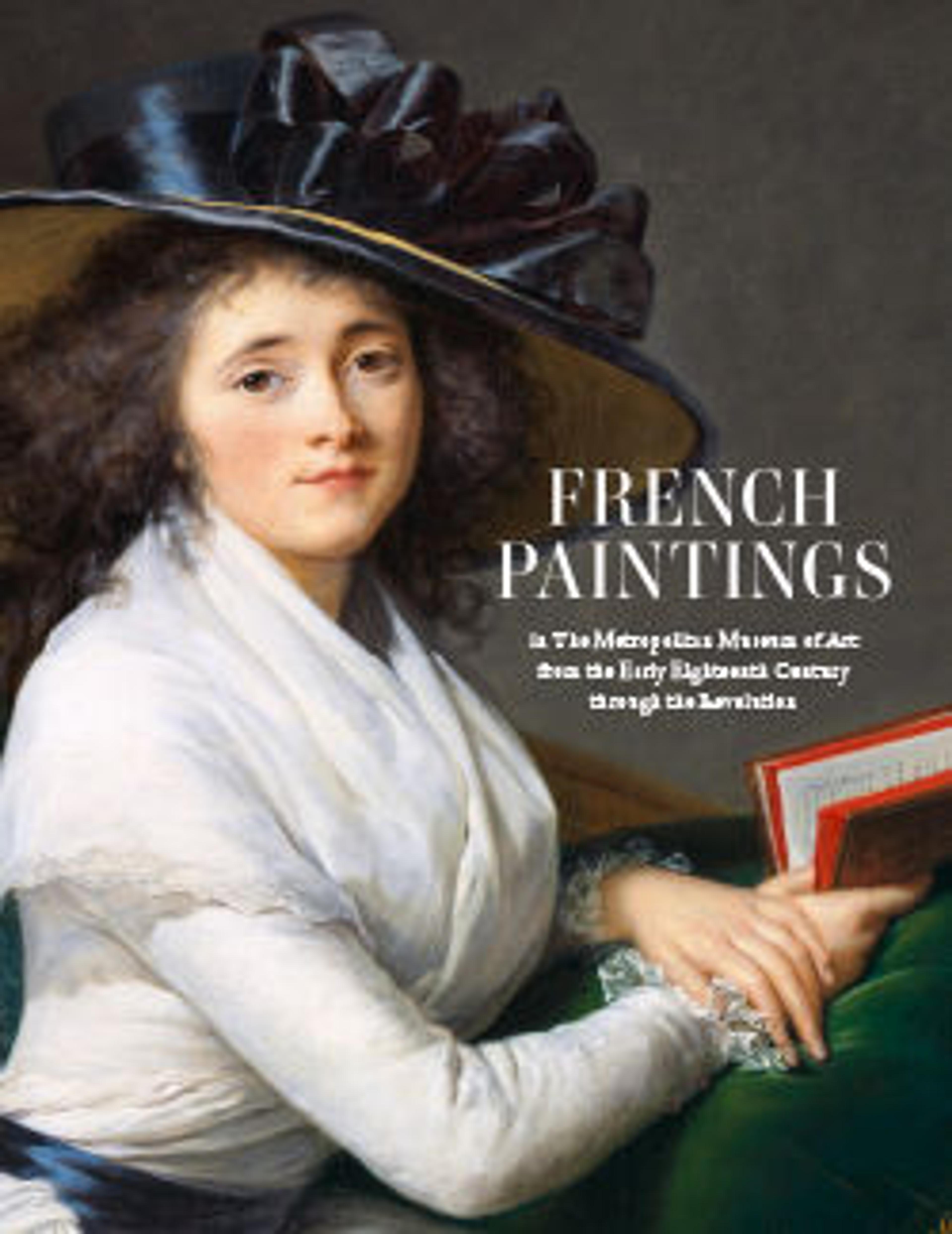Benjamin Franklin (1706–1790)
When Franklin arrived in France in December 1776 to negotiate aid for the American Revolutionary War, he was already a celebrity known for his simple dress and refusal to wear a wig. He stayed in a house provided by Jacques Donatien Le Ray de Chaumont, who commissioned a terracotta medallion with his profile as well as this portrait by Duplessis, which was exhibited at the Salon of 1779. It quickly became the most iconic image of this legendary statesman. Its original frame includes the attributes of Liberty, Peace, and Victory, with an inscription not of the sitter’s name, but VIR, Latin for "man" or "hero." Franklin’s identity was evidently understood to be obvious from his face alone.
Artwork Details
- Title: Benjamin Franklin (1706–1790)
- Artist: Joseph Siffred Duplessis (French, Carpentras 1725–1802 Versailles)
- Date: 1778
- Medium: Oil on canvas
- Dimensions: Oval, 28 1/2 x 22 7/8 in. (72.4 x 58.1 cm)
- Classification: Paintings
- Credit Line: The Friedsam Collection, Bequest of Michael Friedsam, 1931
- Object Number: 32.100.132
- Curatorial Department: European Paintings
Audio
5018. Benjamin Franklin (1706–1790)
0:00
0:00
We're sorry, the transcript for this audio track is not available at this time. Please email info@metmuseum.org to request a transcript for this track.
More Artwork
Research Resources
The Met provides unparalleled resources for research and welcomes an international community of students and scholars. The Met's Open Access API is where creators and researchers can connect to the The Met collection. Open Access data and public domain images are available for unrestricted commercial and noncommercial use without permission or fee.
To request images under copyright and other restrictions, please use this Image Request form.
Feedback
We continue to research and examine historical and cultural context for objects in The Met collection. If you have comments or questions about this object record, please complete and submit this form. The Museum looks forward to receiving your comments.
